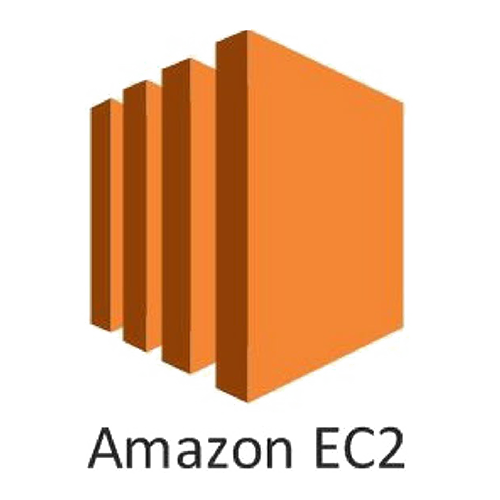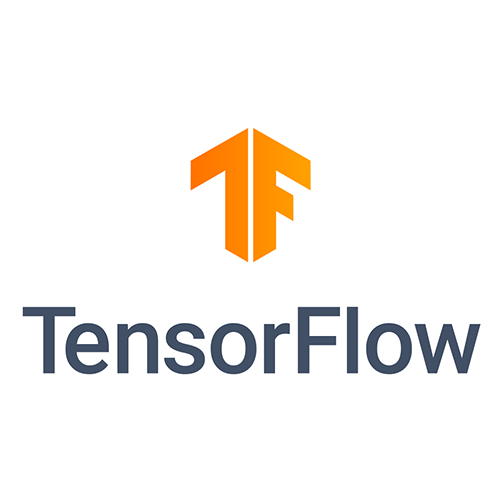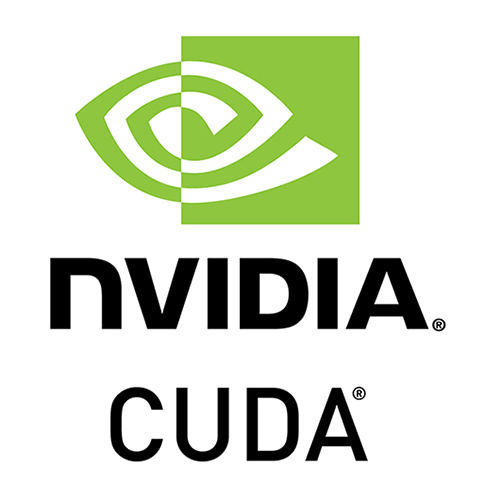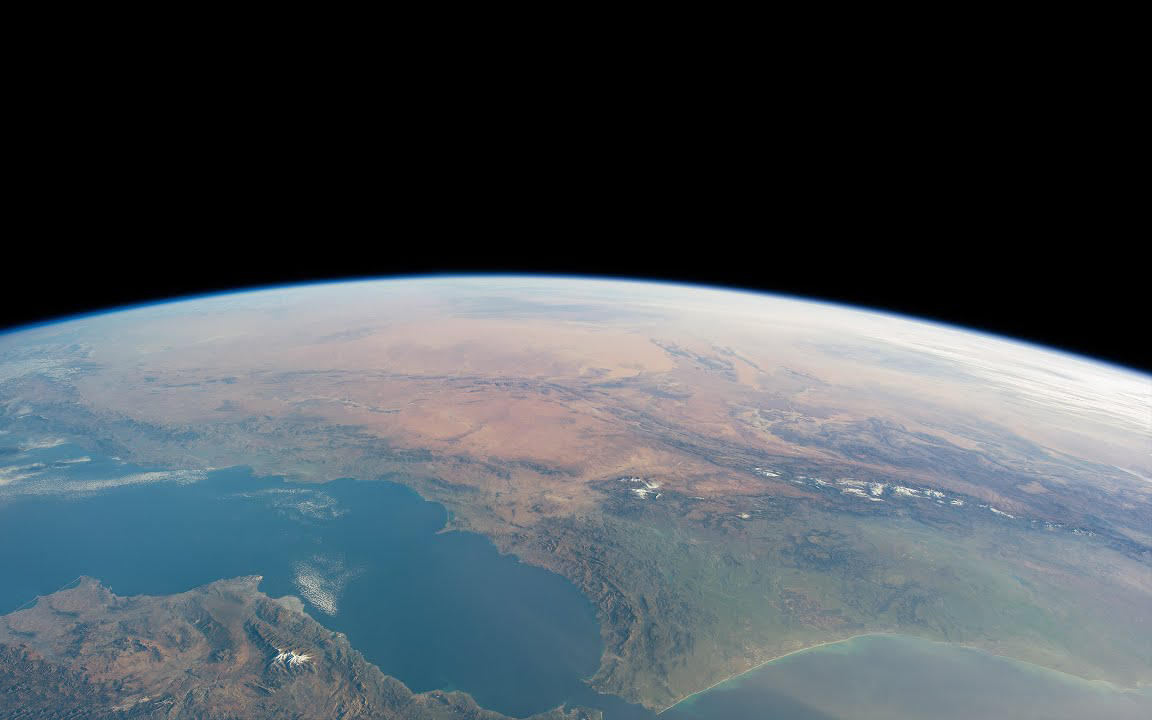
Ouranus
Goal
It is easy to underestimate the sheer size of some of the refugee camps and resettlement areas in developing nations, especially during conflict and crisis. In the some these camps and areas, the number of dwellings, tents, or other structures can grow as large as 100 thousand and more. In addition, they are constantly shifting in size, layout and structure, as well as in the total number of people, due to changes in geopolitical landscape in surrounding area.
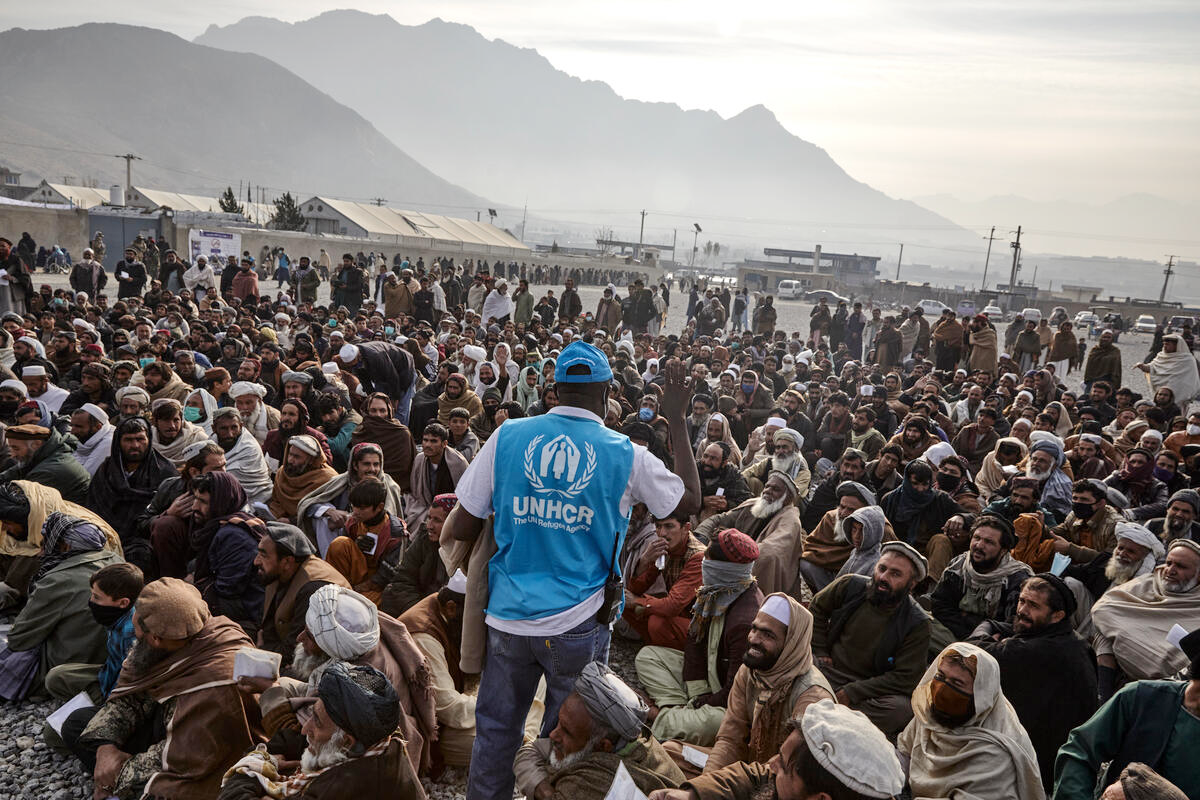
Figure 1 - According to UNHCRR, the total number of diplaced individuals for 2023 was 118 million.
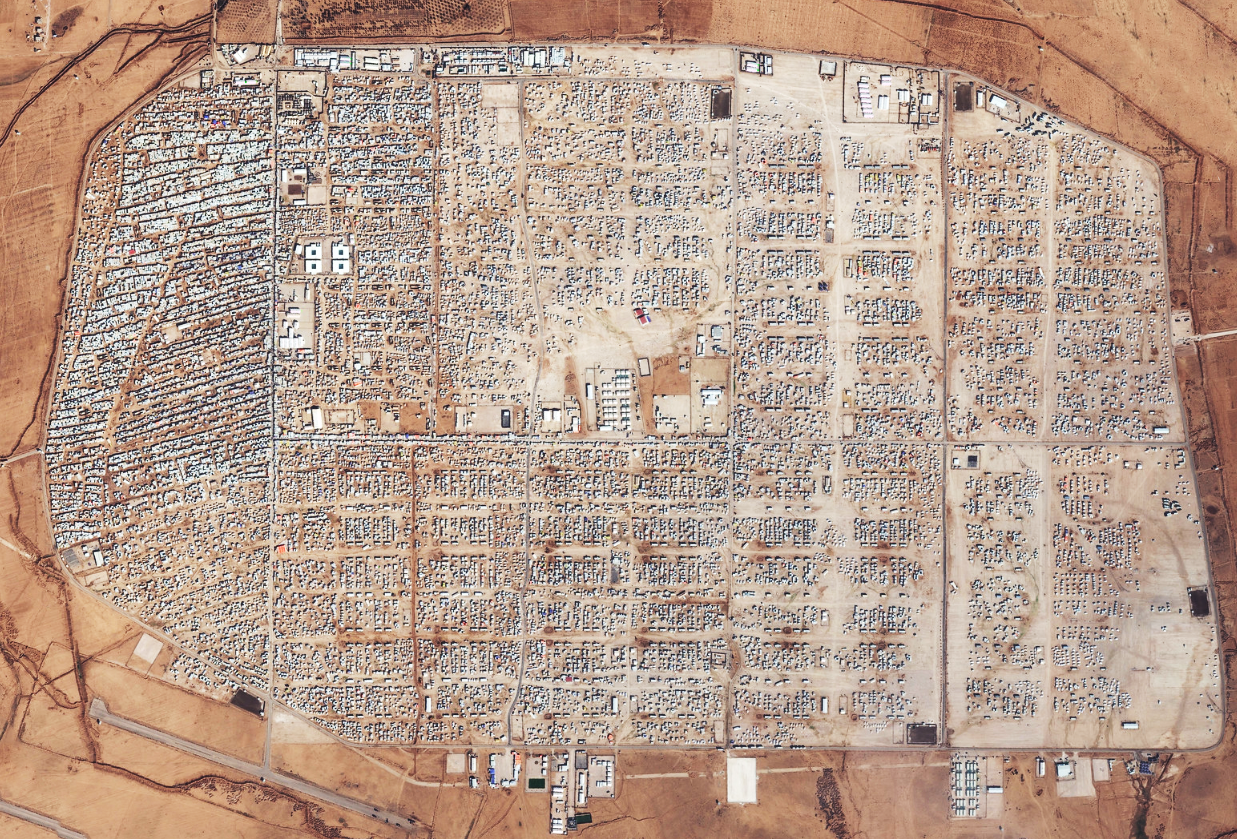
Figure 2 - Satellite Image of the Ztari Refugee Camp
Data
Satellite imagery is the most efficient way to estimate these numbers with some reasonable accuracy. At the United Nations, UNOSAT is the organization for tracking those flows using that imagery. However, their work is highly tedious and time-consuming as images were labeled by hand. My goal was to come up with a solution.
Model
The model I used is a slightly modified version of the deep convolutional neural network architecture called U-net. U-net is a convolutional network architecture for the segmentation of images. For my project, I revised the architecture such that the network takes as input images of real satellite images and outputs a grayscale probability map where the level of white of a pixel indicates the confidence that a particular structure is present within a single pixel. In the second step, I designed a filtering method similar to non-maximum suppression. Non-Maximum Suppression (NMS) is used in numerous computer vision tasks. It is a class of algorithms to select one entity (e.g., bounding boxes) out of many overlapping entities. However, instead of bounding boxes, my filtering method returns a single point which could then easily be counted as a single structure of interest.
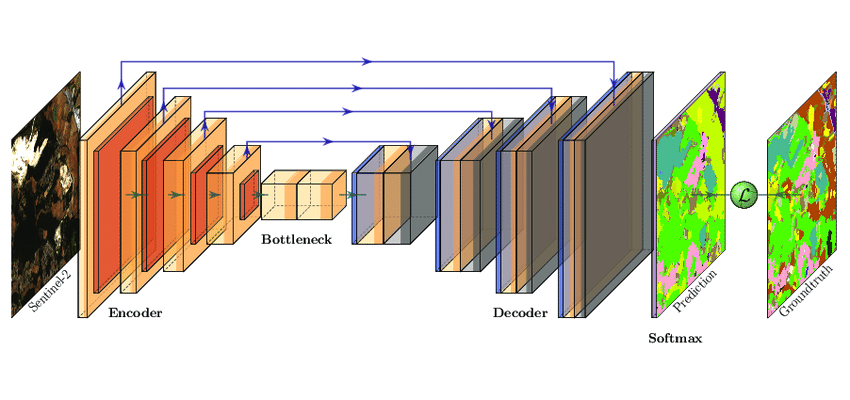
Figure 3 - Satellite Image of the Ztari Refugee Camp
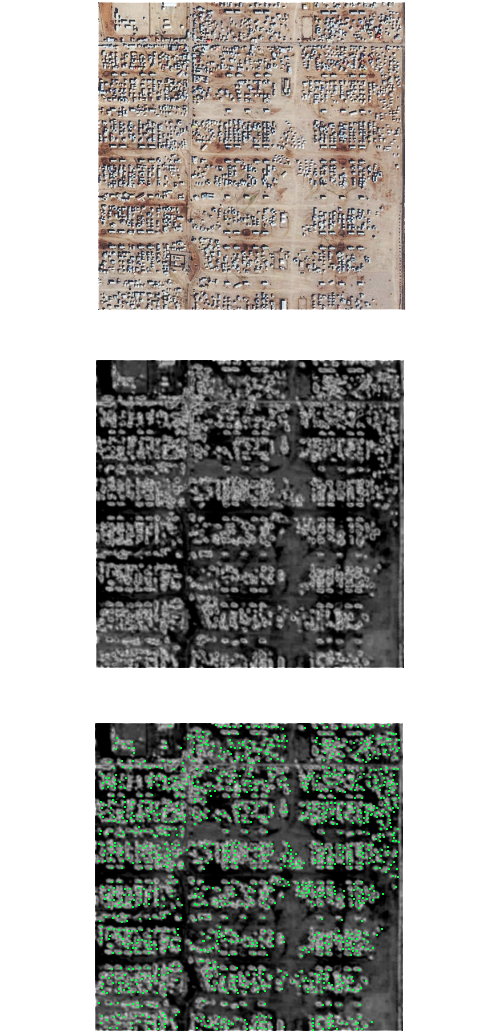
Figure 4 - Input (top), output (middle) of the model and subsequent filtering operation (bottom).
Impact
The convolutional neural networks were extremely accurate, saving the agency considerable time estimating numbers. Although I cannot show the original results, the image below is a good representation of what the input, output, and final NMS filtering would have looked like. It should also be added that this specific refugee camp is relatively easy, even for traditional computer vision techniques. Other refugee camps, for example, Gendrasa and Doro in South Sudan, are much more irregular, yet the model still performed exceptionally well.
Technologies Used

